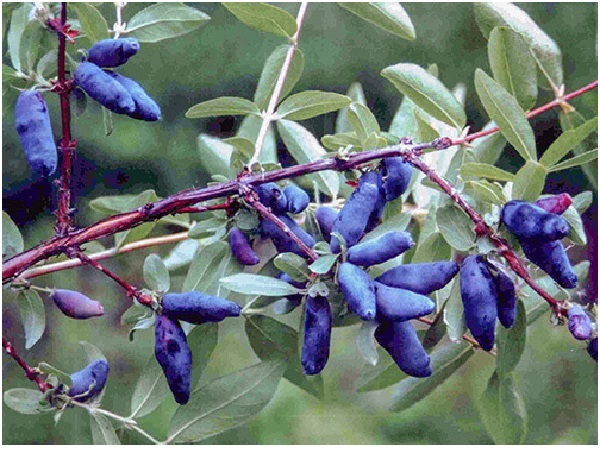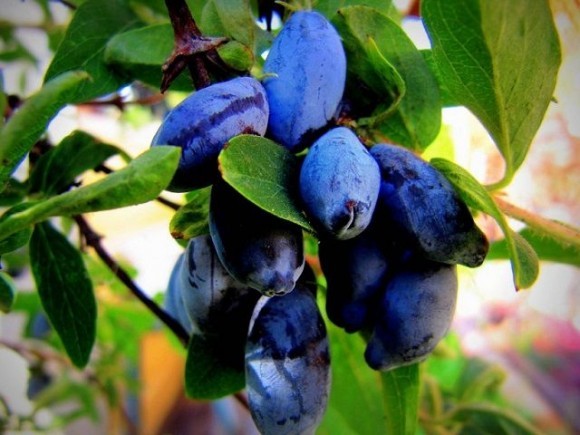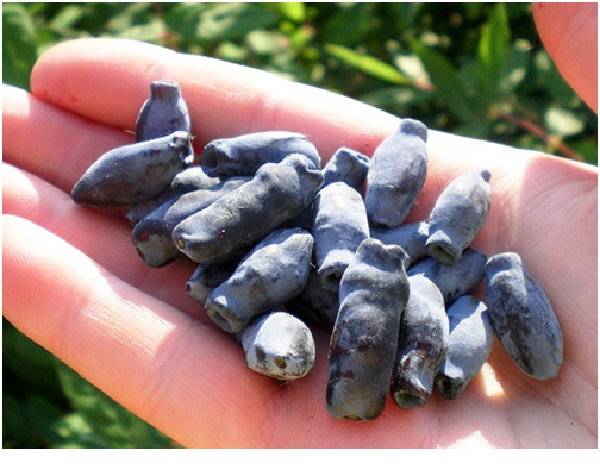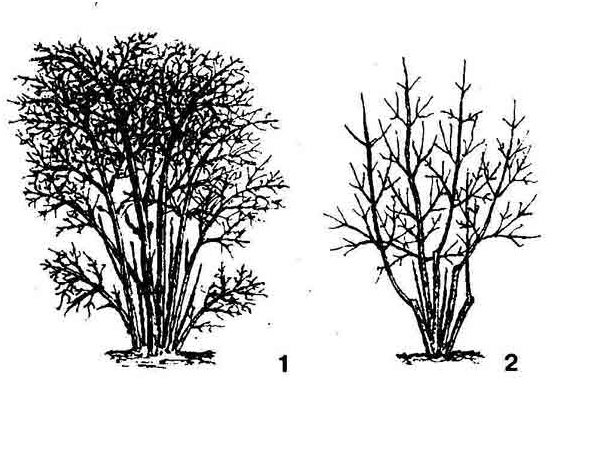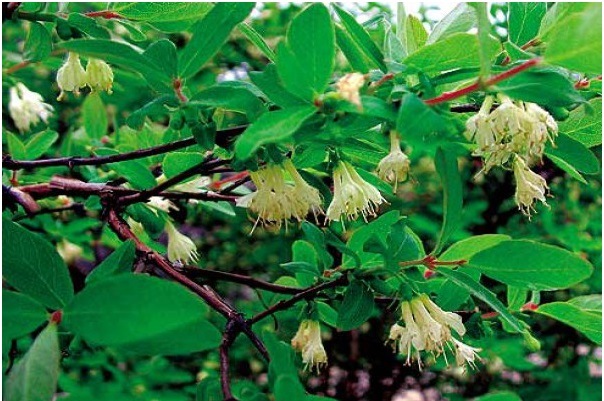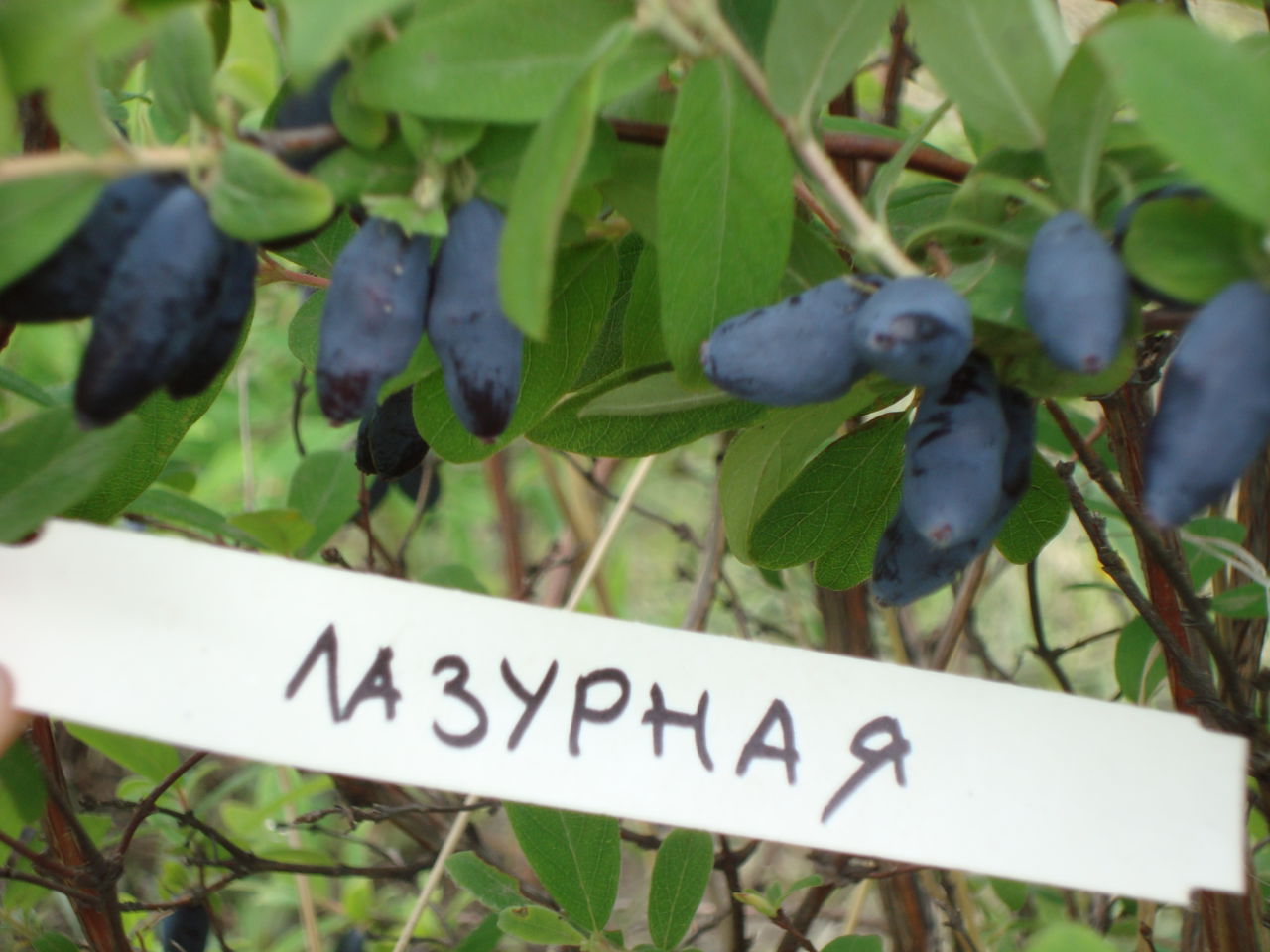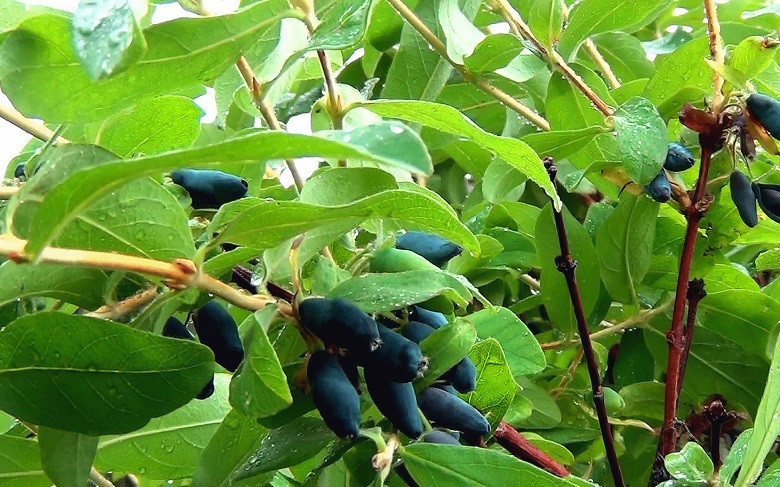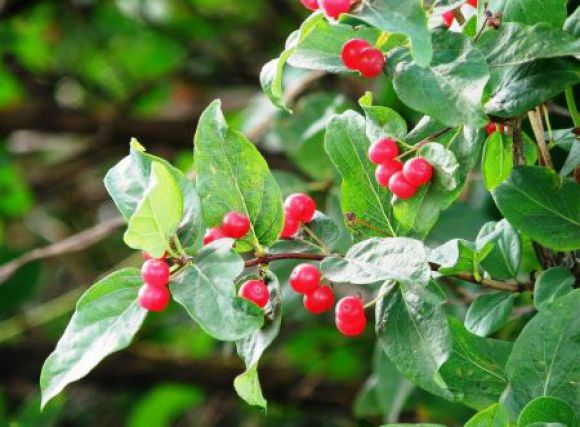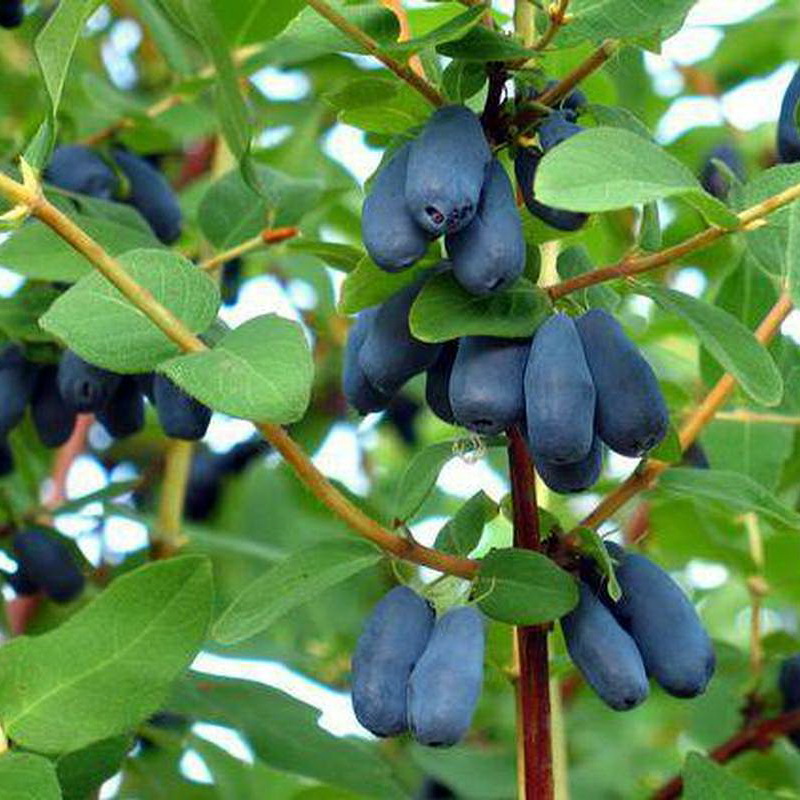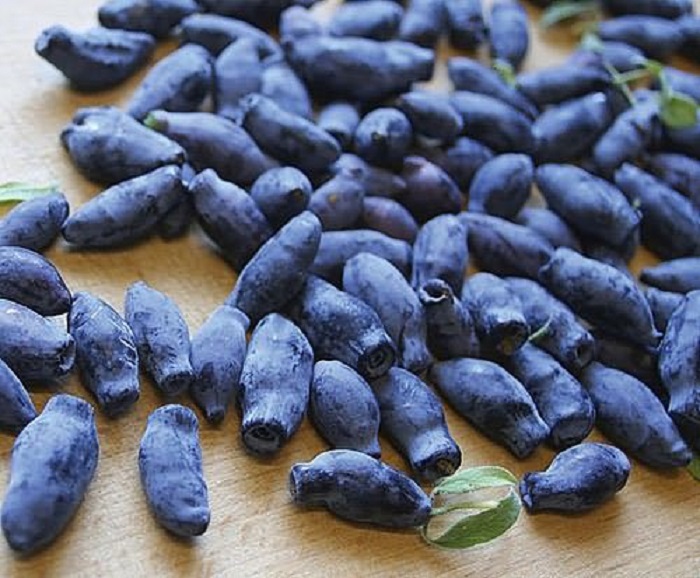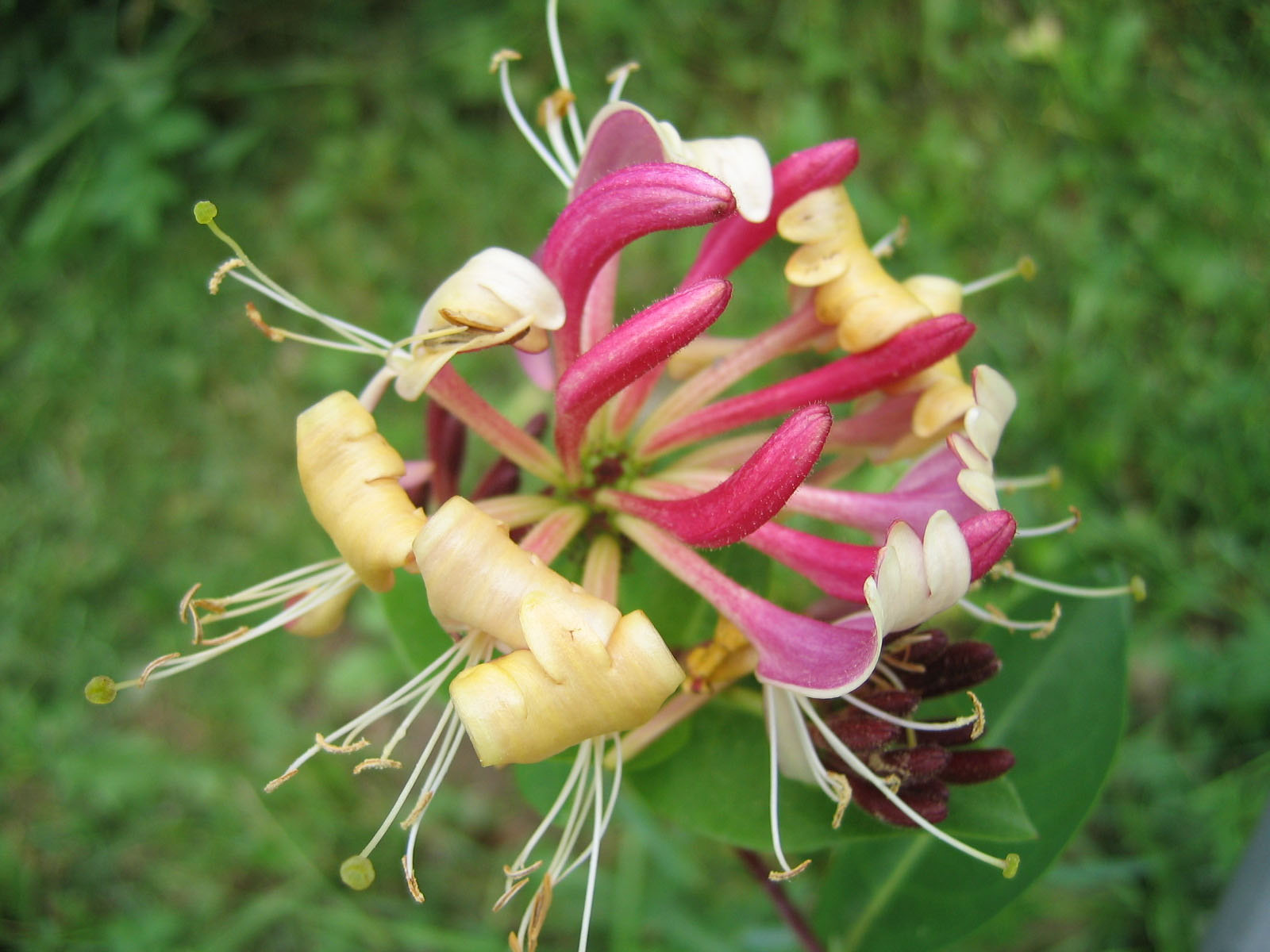Content:
Honeysuckle Cinderella got its romantic name by analogy with the famous heroine of the popular fairy tale Cinderella, known for her hard work and modesty. Even with minimal maintenance, the plant generously endows its owners with aromatic and tasty berries with a pleasant sourness.
The history of the creation of the variety
The history of Cinderella honeysuckle began in 1974. The variety is a breeding product of domestic scientists from the Research Institute of Horticulture and Agronomy in Barnaul. After several years of variety testing, the edible Cinderella honeysuckle was included in the State Register in 1991 with a recommended growing area in Siberia and the Urals. Due to its unpretentiousness, usefulness and decorativeness, the owners of garden and summer cottages quickly appreciated the berry Cinderella. Almost everyone who has grown this variety remains fans of this wonderful plant and gives only positive reviews.
Characteristics and features of the variety
Varietal view of Cinderella belongs to the variety of the most winter-hardy and unpretentious berry bushes. The botanical characteristics of the honeysuckle culture Cinderella gives the following description of the variety:
- The height of an adult plant reaches 1 meter. The bush is very beautiful, with a compact dense crown. The branches of the plant are thin and straight or slightly curved;
- The leaves are large, elongated oval, light green in color;
- Ripening of berries in central Russia falls on the month of June;
- Ripe fruits are shaped like a spindle. Berries are dark blue with a bluish bloom. The mass of ripe fruits reaches 1.3 g, the length is from 1.2 to 1.7 cm;
- Excellent taste of ripe berries: mild pleasant sweet and sour taste with a light strawberry aroma;
- The yield can reach up to 5 kg per adult plant, which is considered a very good indicator;
- The fruits can be eaten fresh, as well as in canned preparations: preserves, jams, compotes.
Growing features
The honeysuckle variety Cinderella begins to delight with its fruits two years after planting. Ripe berries are very useful: they contain a large amount of water-soluble vitamins B and P, trace elements and minerals. Natural sucrose and fructose give the berry a sweet taste, and citric, malic and oxalic acids give a slight sourness. In folk medicine, ripe fruits are successfully used to treat various diseases of the heart, blood vessels and digestive organs, as well as skin diseases.
The main feature of this variety is the need for additional pollination. For honeysuckle to bear fruit, you need to plant a pollinator nearby. Gardeners with extensive experience advise planting the following plants next to Cinderella:
- Honeysuckle "Blue Spindle";
- "Leningrad Giant";
- Kamchadalka;
- "Amphora";
- "Azure";
- "Terda".
If you have doubts about the correctness of choosing useful "neighbors" for Cinderella's honeysuckle, then it is best to seek advice from specialized gardening nurseries, where competent specialists will select the right plant for cross-pollination.
Another feature of this variety is the amazing decorativeness of the plant, for which it is often used by landscaping decorators. In landscape design, honeysuckle is used as a “green” fence of the territory, for decorating open green lawns, framing squares and walking paths.
Many gardeners and summer residents planted the Cinderella shrub along unaesthetic fences and buildings, covering problem areas.
The plant is a wonderful honey plant, during flowering bees constantly work on flowers, collecting delicious nectar.
Planting and leaving
It is advisable to plant Cinderella on loose and nutritious soils with neutral acidity.
- Planting honeysuckle is best done in an open, sunny area or with partial light shading. Under the influence of direct sunlight in spring, more fruit buds are laid on honeysuckle, which means that the harvest will be abundant;
- For planting, it is recommended to give preference to two - or three-year-old seedlings with closed root systems;
- If you plan to plant several specimens of honeysuckle, then in this case the recommended distance between the bushes is from 1.5 to 2 meters.
Seedlings are planted in spring or autumn in pre-prepared holes measuring 40 x 40 x40 cm. Add 1 bucket of compost or humus and a little wood ash to the soil mixture for planting. After moistening the resulting substrate, the seedlings are lowered into the hole and sprinkled with an earthen mixture.
After planting, the plant does not require any special care, only timely watering in the dry season, weeding and loosening of the soil for air access to the plant roots. In the hot season, honeysuckle is watered with water, spending from 8 to 10 liters for each bush. There is one small nuance in watering a plant: since the root system is compactly located in the soil, you need to water it directly "under the root", with a good soaking of the soil under the bush. When performing these simple agrotechnical techniques, the appearance of an unpleasant bitterness in ripe berries is excluded, which impairs the taste of ripe fruits. When the plant blooms, it is useful to water it with a weak solution of wood ash in a ratio of 1:10.
The "Cinderella" variety is rarely subject to disease. For prevention purposes, you can spray the shrub with natural biological products, such as "Fitoferm", once a month, which effectively protect honeysuckle from pests and viral diseases.
Mature plants periodically rejuvenate by removing dried, damaged branches.
Advantages and disadvantages
The berry culture of this variety has the following advantages:
- Excellent winter hardiness, which allows you to breed "Cinderella" in the coldest regions of Siberia;
- The flowers of the plant are resistant to late spring frosts;
- Wonderful taste and light strawberry aroma;
- Disease and pest resistance;
- Fruiting occurs in the second year after planting the seedling;
- Ripening in the first month of summer;
- The decorative appearance of the shrub.
Disadvantages of the variety:
- Uneven ripening of berries;
- The possibility of shedding ripe fruits;
- Mandatory use of pollinating plants.
Although Cinderella's honeysuckle is not among the leaders in fruiting among berry crops, its edible delicious berries are considered the most delicious and aromatic.
